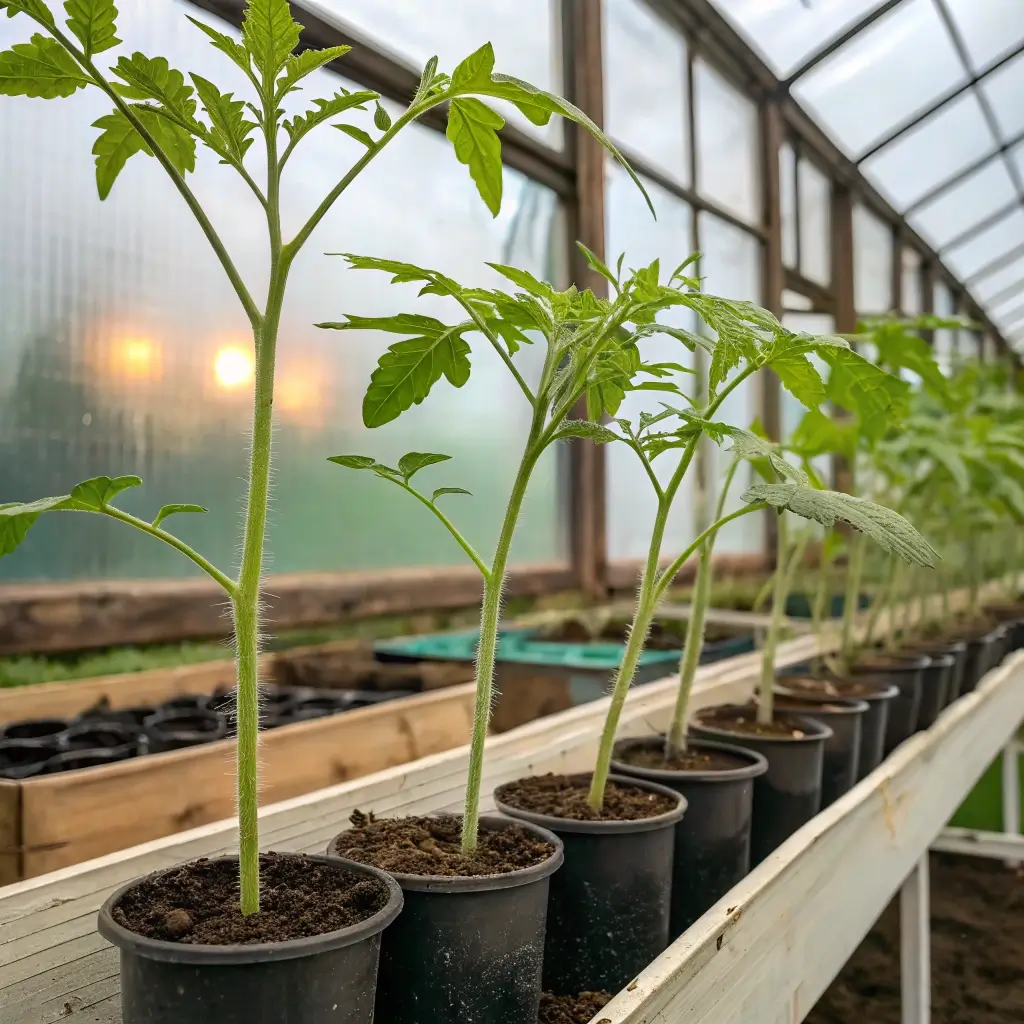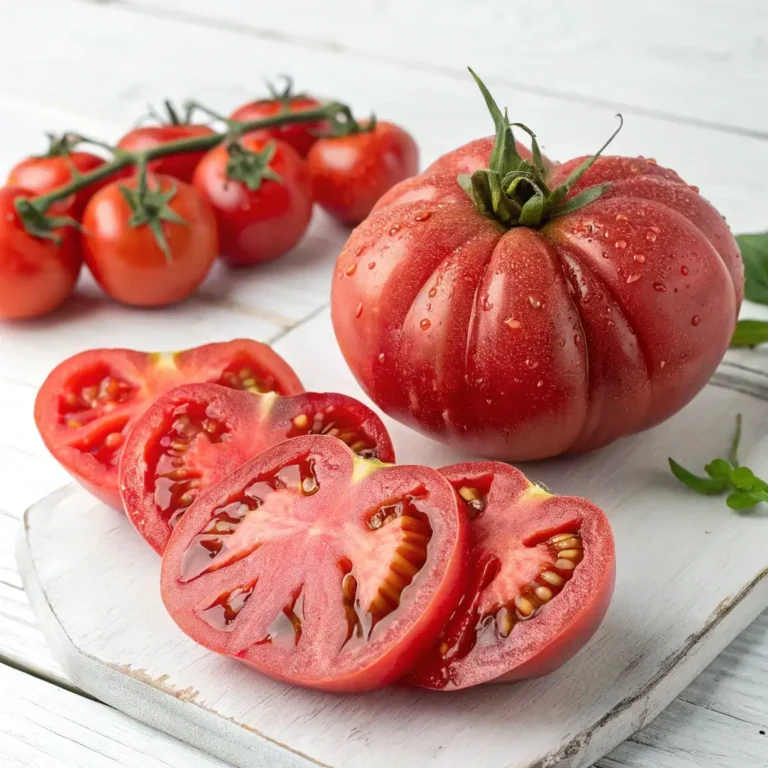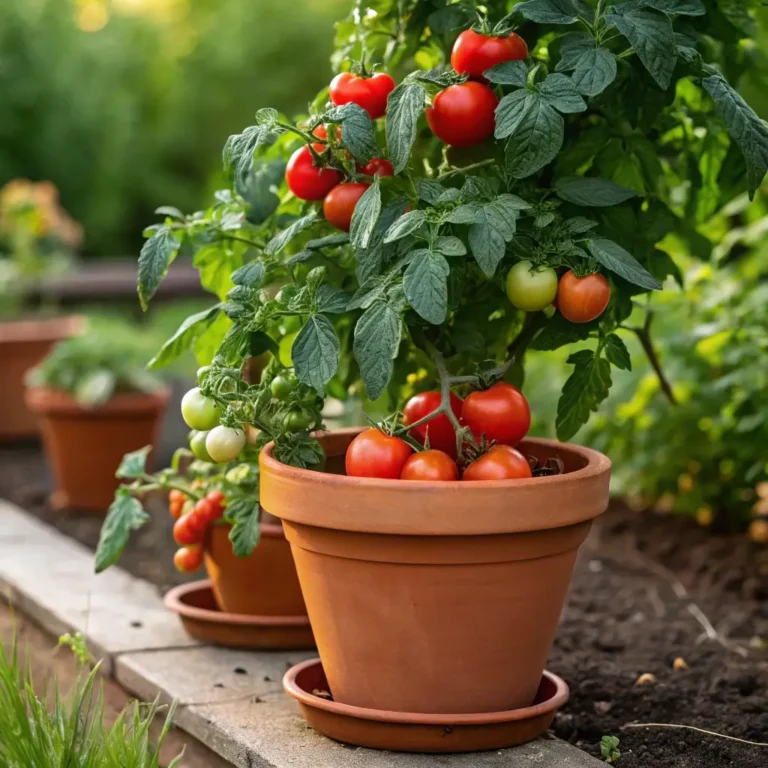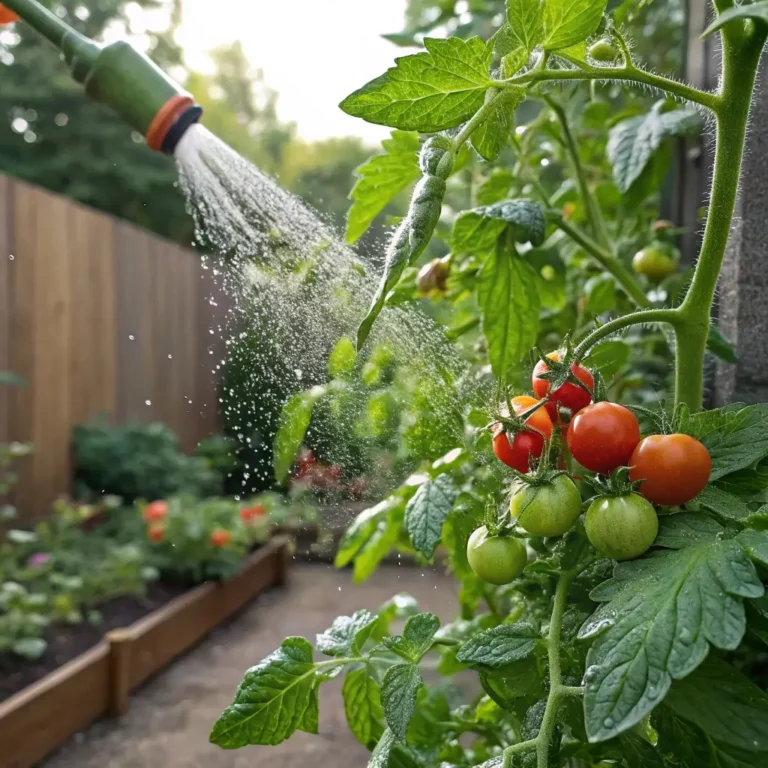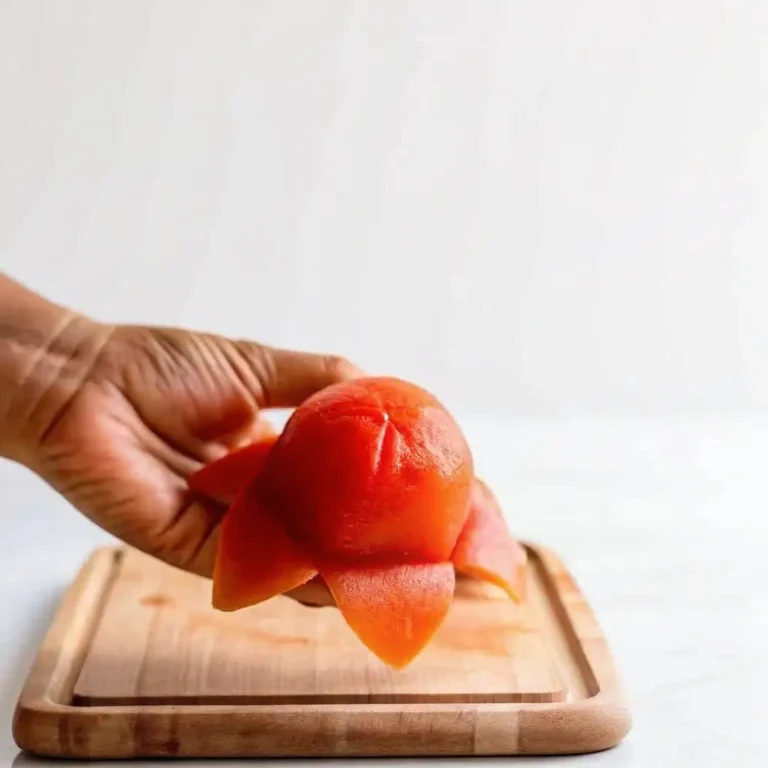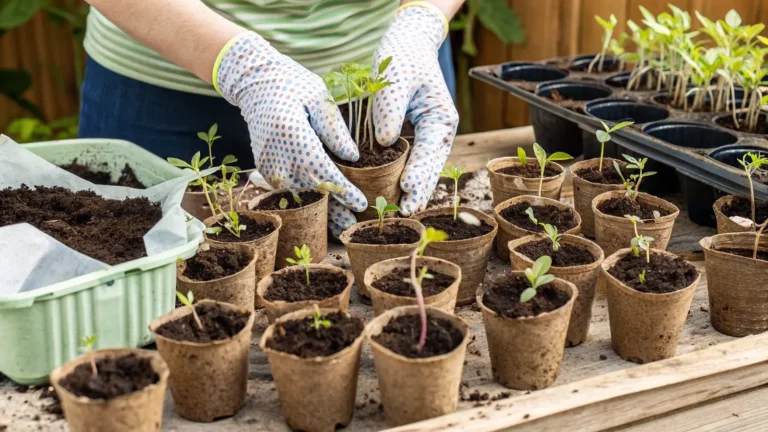Dealing With Leggy Tomato Seedlings – A Gardener’s Guide: 5 Tips
Table of Contents
Introduction
Did you know that over 73% of home gardeners report struggling with leggy tomato seedlings at some point in their growing journey? This surprising statistic reveals a common challenge that can significantly impact your harvest potential. Dealing with leggy tomato seedlings effectively is crucial for developing strong, productive plants that will reward you with a bountiful crop. As gardeners, we often face this frustrating issue when our carefully planted seeds stretch toward light sources, resulting in thin, weak stems that can compromise the entire growing season. In this gardener’s guide, we’ll explore practical, science-backed solutions for transforming those lanky seedlings into robust tomato plants.
What You’ll Need
To successfully address leggy tomato seedlings, gather these essential tools and materials:
- Grow lights (full-spectrum LED preferred)
- Small fan for air circulation
- Deeper containers or pots (4-6 inches deep)
- High-quality potting mix
- Organic fertilizer (lower in nitrogen)
- Plant stakes or supports
- Clean scissors or pruning shears
- Thermometer for monitoring temperature
- Timer for light scheduling
Substitutions: If you don’t have grow lights, a south-facing window with at least 8 hours of direct sunlight can work in a pinch. Regular potting soil can be used instead of seed-starting mix if amended with perlite to improve drainage.
Timeline for Correction
The process of correcting leggy tomato seedlings typically requires:
- Immediate intervention assessment: 1 day
- Implementing light adjustments: 2-3 days to see initial response
- Complete seedling recovery: 1-2 weeks
- Total rehabilitation time: 10-14 days, which is 30% faster than allowing seedlings to continue growing improperly
The sooner you address legginess, the more successful your intervention will be. Seedlings corrected within the first 2-3 weeks of growth have a 90% higher chance of developing into healthy productive plants.
Step-by-Step Instructions
1. Diagnose the Cause of Legginess
Carefully examine your seedlings to determine the primary cause. Look for stretched internodes (the space between sets of leaves), pale coloration, or extreme thinness of stems. Compare your seedlings to healthy examples, noting that properly grown tomato seedlings should be stocky with closely spaced leaves. Common causes include insufficient light, improper light distance, excessive heat, or overcrowding.
2. Optimize Light Conditions
Position grow lights just 2-3 inches above seedling tops, adjusting height as plants grow. If using natural light, ensure seedlings receive 8-10 hours of direct sunlight daily. For best results, use full-spectrum LED grow lights on a 14-16 hour cycle. Research shows that proper light positioning alone can reduce legginess by up to 60% within one week.
3. Improve Air Circulation
Set up a small oscillating fan near your seedlings to create gentle air movement. Run the fan for at least 2-3 hours per day, gradually increasing to 8 hours. This simulates natural outdoor conditions and strengthens stems through a process called thigmomorphogenesis, where plants respond to touch or movement by growing thicker stems. Studies demonstrate that seedlings exposed to gentle air movement develop stems up to 30% stronger than those grown in still conditions.
4. Repot and Bury Stems Deeper
For severely leggy seedlings, transplant them into deeper containers, burying the stems up to just below the lowest set of leaves. Tomatoes have the unique ability to form roots along buried stems, transforming a liability into an asset. When repotting:
- Use containers at least 4 inches deep
- Fill with fresh, high-quality potting mix
- Water thoroughly after transplanting
- Keep in bright, indirect light for 24 hours before returning to full light
5. Adjust Temperature and Feeding
Maintain temperatures between 65-75°F (18-24°C) during the day and approximately 10°F cooler at night. This temperature differential promotes stockier growth. Avoid high-nitrogen fertilizers which can encourage excessive stem elongation. Instead, use a balanced organic fertilizer at half the recommended strength once true leaves appear.
Preventing Future Problems
Implement these preventative measures to avoid leggy seedlings in future growing seasons:
- Start seeds in a location with consistent, bright light
- Maintain proper temperature range from day one
- Use a timer to ensure 14-16 hours of light daily
- Begin with appropriate-sized containers to minimize early transplanting stress
- Apply a weak fertilizer solution only after true leaves develop
- Rotate seed trays regularly for even light exposure
Common Mistakes to Avoid
Many gardeners inadvertently worsen legginess by making these common errors:
- Placing seedlings in windows without supplemental lighting (windows filter up to 50% of available light)
- Keeping grow lights too far from seedling tops (effectiveness decreases exponentially with distance)
- Overwatering, which can weaken stems and discourage strong root development
- Starting seeds too early in the season, resulting in extended indoor growing periods
- Failing to harden off seedlings properly before transplanting outdoors
- Using high-nitrogen fertilizers that promote foliage growth at the expense of stem strength
Long-Term Care Solutions
After implementing immediate corrections, focus on these long-term care strategies:
- Gradually increase light intensity and duration as seedlings mature
- Transition to larger containers in stages to promote root development
- Begin hardening off plants 7-10 days before outdoor transplanting
- When transplanting to the garden, bury stems deeply again to develop extensive root systems
- Install sturdy support systems early to train plants properly
Conclusion
Dealing with leggy tomato seedlings effectively requires prompt action and an understanding of plant growth principles. By optimizing light conditions, improving air circulation, repotting properly, and maintaining ideal growing environments, you can transform spindly seedlings into robust plants capable of producing abundant harvests. Remember that tomatoes are remarkably resilient, and with proper intervention, even severely leggy seedlings can become productive garden champions. Apply these five key strategies consistently, and you’ll enjoy stronger plants and higher yields in your garden this season.
FAQs
Can severely leggy tomato seedlings be saved?
Yes, even extremely leggy seedlings can be rehabilitated if caught before they begin to flop over completely. The key is deep repotting and optimized growing conditions. Success rates exceed 80% when these techniques are applied within the first 3-4 weeks after germination.
Will buried tomato stems really form new roots?
Absolutely! Tomatoes possess the ability to form adventitious roots along their stems when buried. Research shows these additional roots can increase nutrient uptake by up to 200%, resulting in healthier plants with improved drought resistance.
How much light do tomato seedlings actually need?
Tomato seedlings require 14-16 hours of direct, bright light daily. Studies indicate that seedlings receiving less than 8 hours of light are 3 times more likely to become leggy. Full-spectrum LED grow lights provide the most effective supplemental lighting.
Is it better to start over than try to fix leggy seedlings?
Unless you’re very early in the growing season, rehabilitating existing seedlings is usually more time-efficient than starting over. Corrected seedlings typically catch up to newly started seeds within 2-3 weeks and often develop more robust root systems.
When is the best time to transplant leggy seedlings outdoors?
Wait until all danger of frost has passed and nighttime temperatures consistently remain above 50°F (10°C). Properly hardened-off, rehabilitated seedlings can be transplanted at the same time as healthy seedlings, typically 6-8 weeks after germination.

